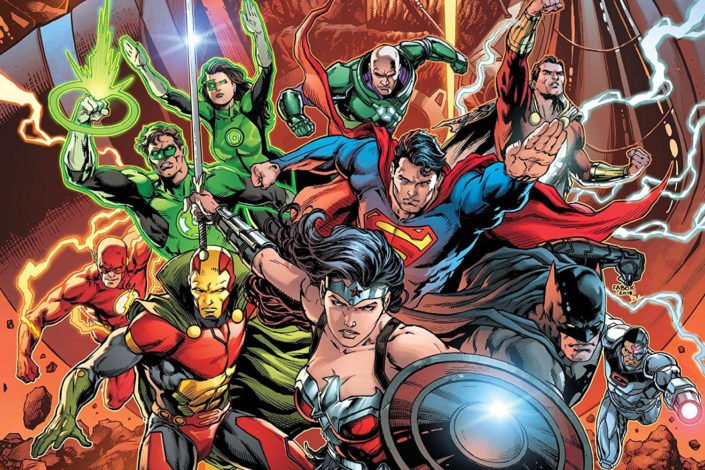Gwenpool Reading Order

In 2015, Marvel Comics had some fun with Gwen Stacy by featuring her on variant covers across multiple issues, reimagining the beloved Spider-Man character in various roles. This trend was sparked by the popularity of Spider-Gwen (aka Ghost-Spider), whose cool design and alternate-universe backstory had quickly won over fans. One of the most memorable of these covers appeared on Deadpool’s Secret Secret Wars #2, featuring a pink-and-white-clad “Gwenpool.” At the time, this was just a visual gag—Gwenpool didn’t exist as a character in any story yet—but the cover’s striking look and the growing enthusiasm for mashups led to something more.
Unlike Spider-Gwen, who hails from an alternate dimension, Gwendolyn Poole was introduced as a completely different kind of character—a girl from the “real world” who suddenly found herself inside the Marvel Universe. Aware she was in a comic book, she treated her new reality like an adventure, believing that nothing she did had real consequences. With no powers, no training, and a heavy reliance on improvisation, Gwenpool quickly carved out a niche as a chaotic yet lovable anti-hero. Her popularity skyrocketed, leading to her own series, The Unbelievable Gwenpool, where she developed into a more complex character. Over time, her backstory was reworked to give her a permanent place in Marvel continuity rather than just being a meta-fictional outsider.
Much like Deadpool, Gwenpool regularly breaks the fourth wall, engaging directly with the audience and manipulating the comic book medium in ways other characters can’t. Her unique abilities include jumping between comic panels, erasing characters from existence by tearing apart pages, and even peeking ahead at future events.
In recent years, Gwenpool has also emerged as an asexual icon, with Marvel confirming her asexuality in the Love Unlimited: Gwenpool digital series. This development has further endeared her to fans, solidifying her as one of Marvel’s most unconventional yet beloved characters.








